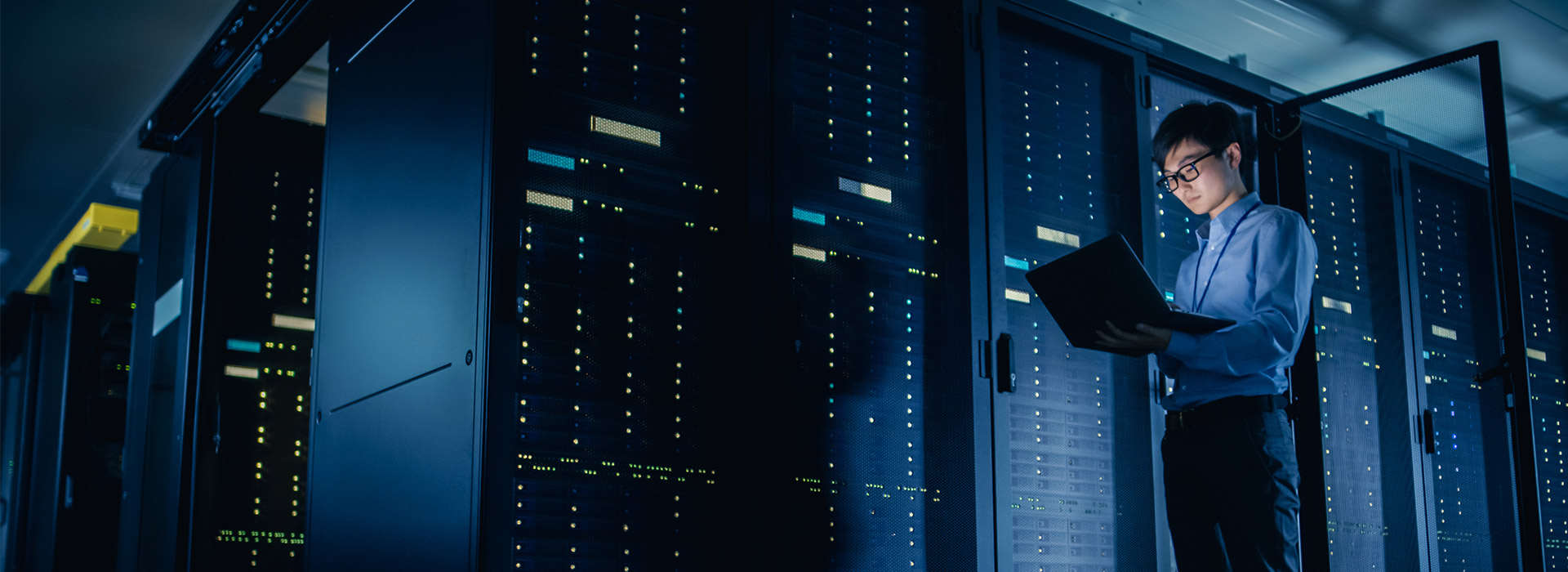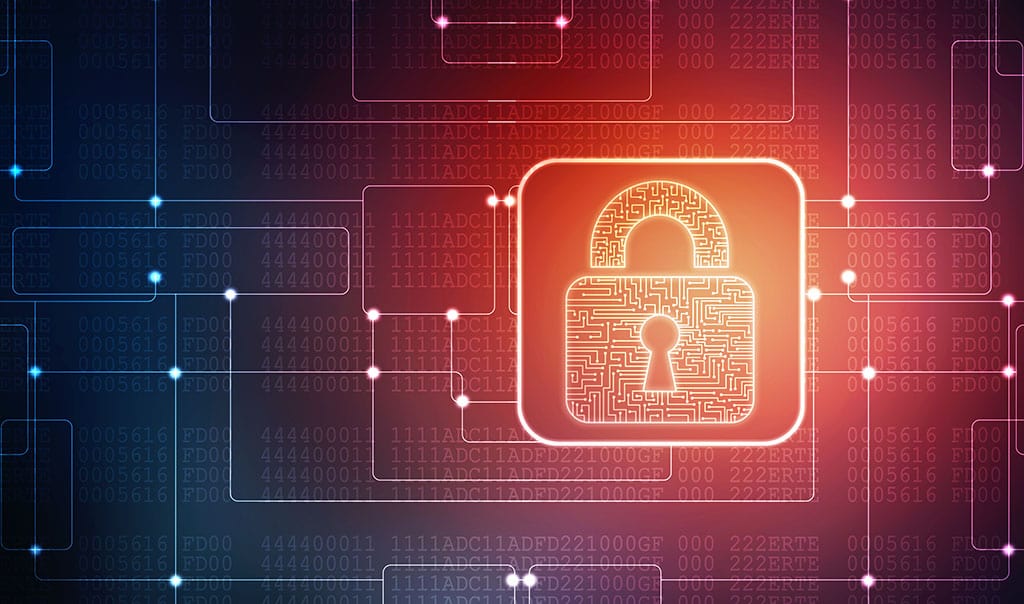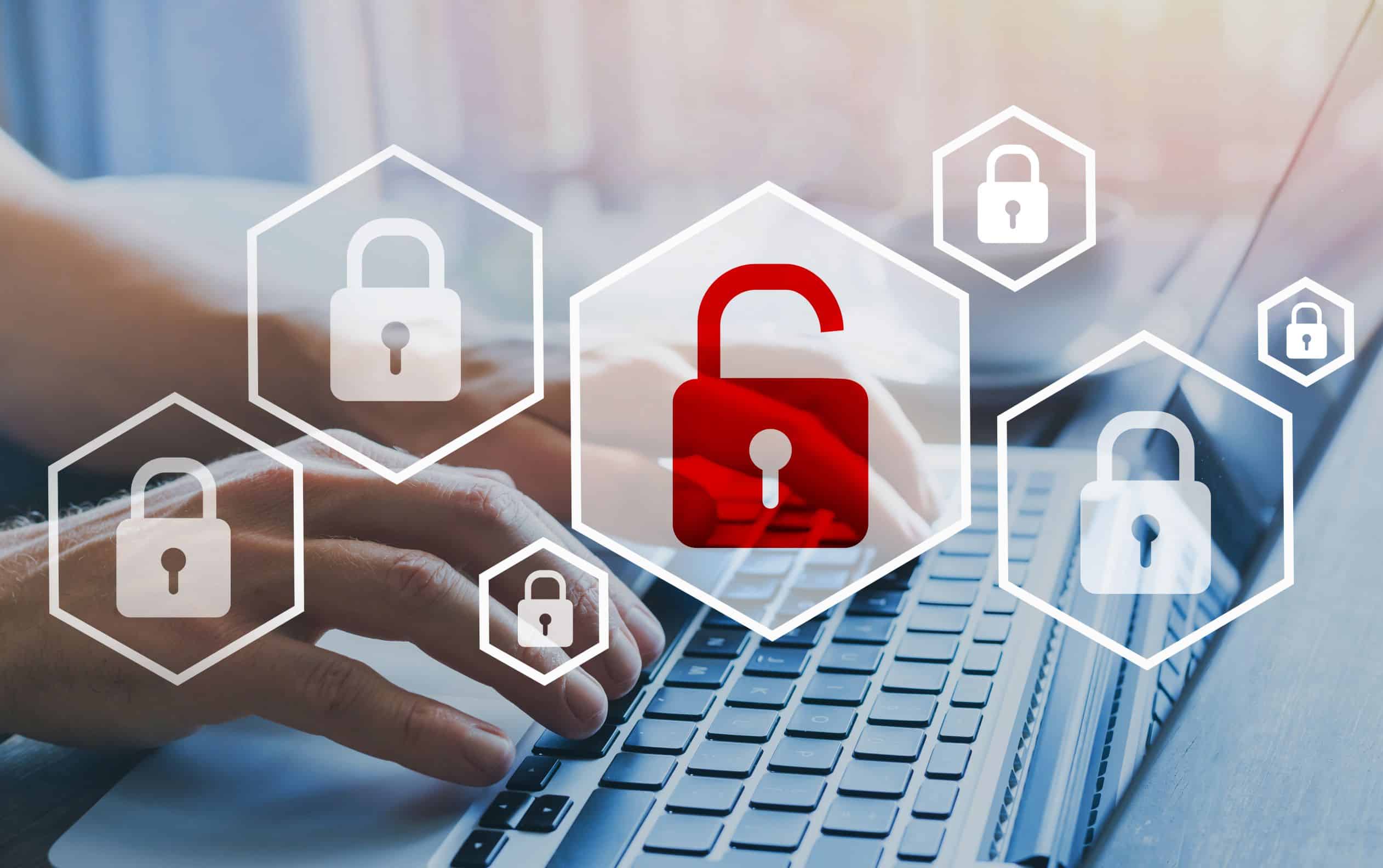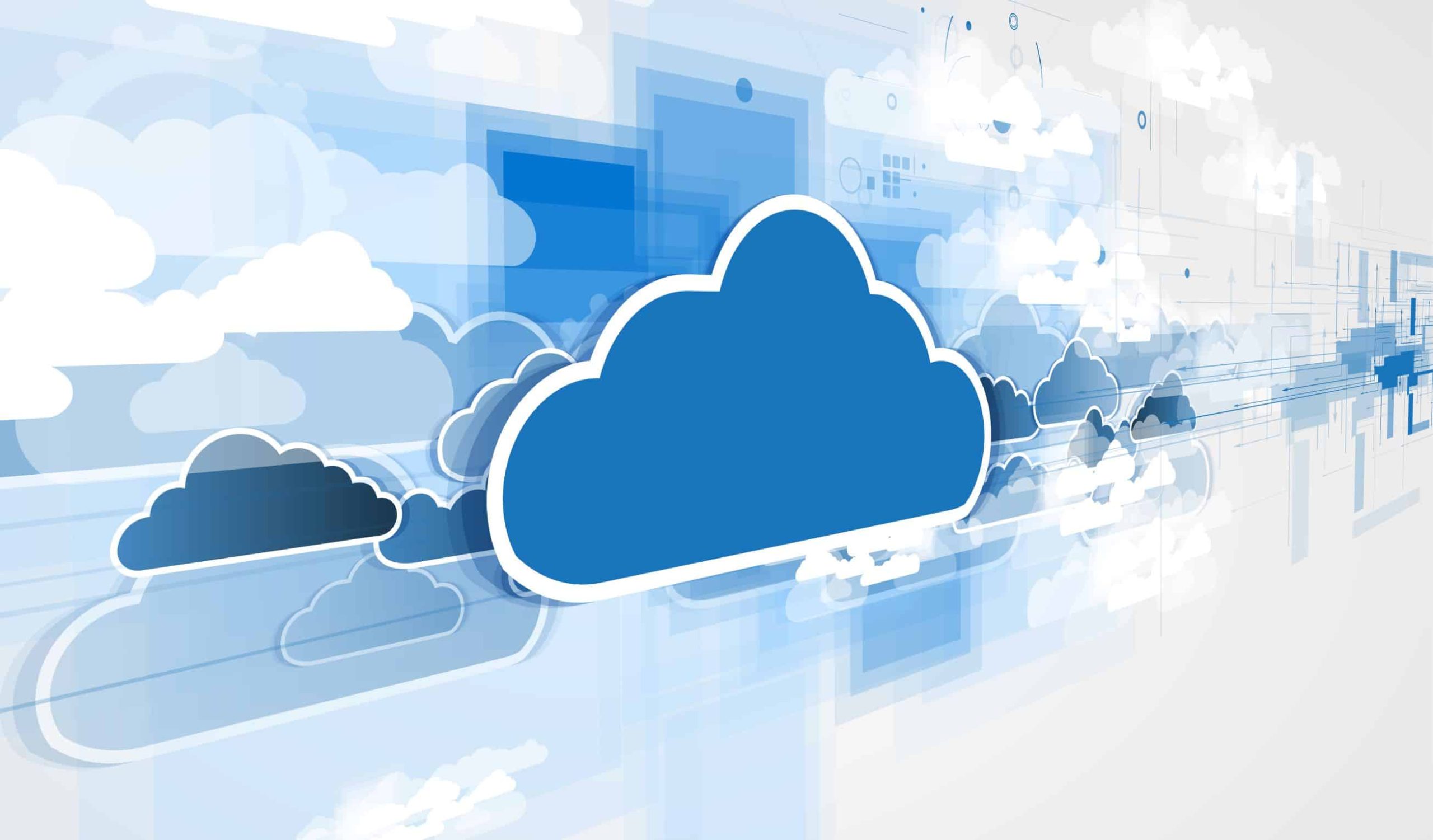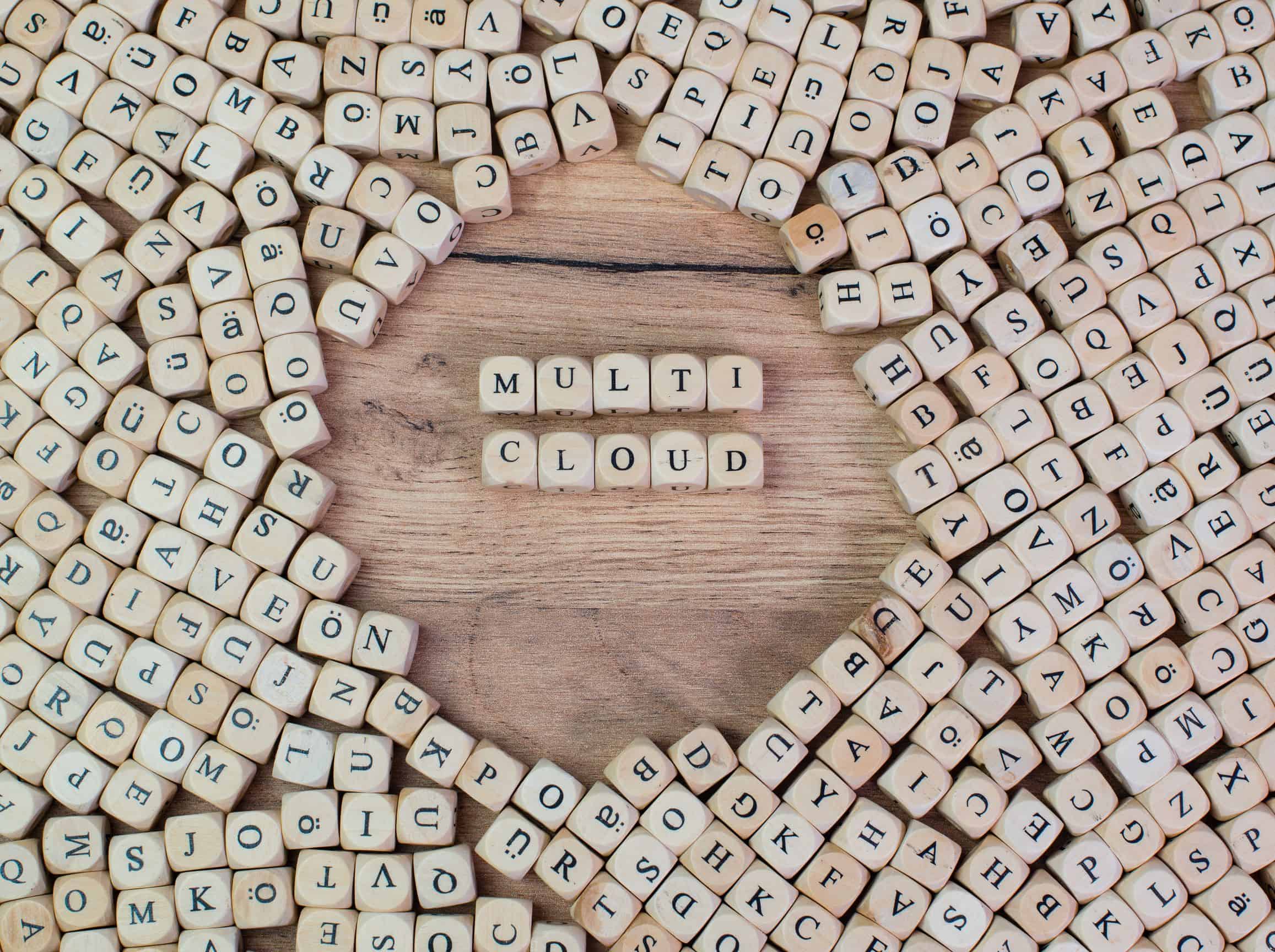Cloud Security Responsibilities in a DevOps World
Connectria
Author
Date
July 12, 2022
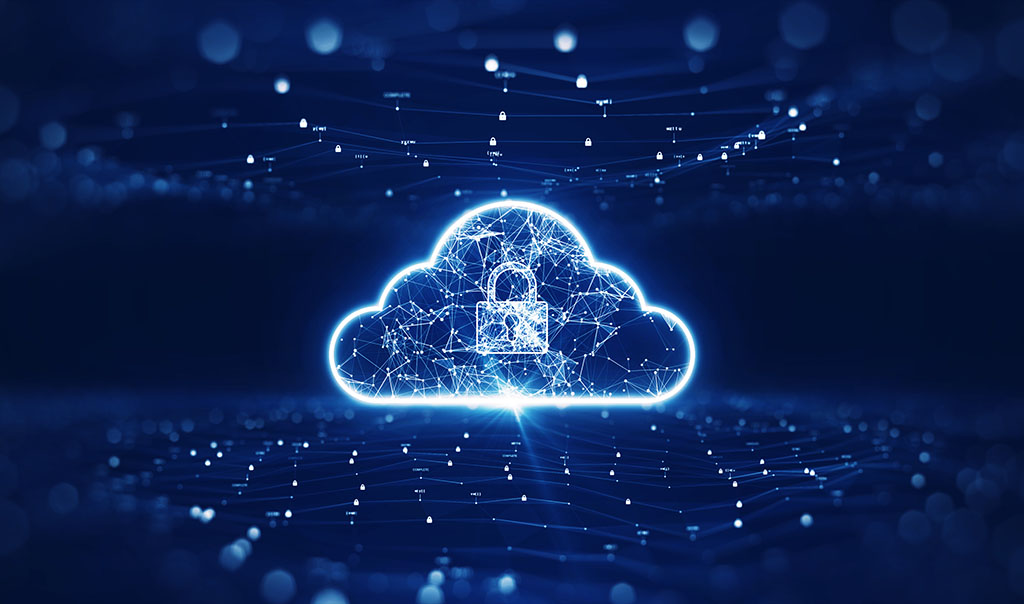
Organizations are rapidly adopting DevOps practices to speed up the application development and delivery process. As part of this shift, security teams are being asked to play a more active role in ensuring that applications are secure before they are deployed.
This is quickly becoming more important as security incidents continue to rise. According to Splunk, 65% of organizations worldwide report an increase in attempted cyberattacks. 44% also said they suffered a disruption of a business process, an almost 10% rise from just last year.
Within this construct is the reality that many of these applications are being deployed to the cloud. As a result, security for engineers and IT professionals looks quite different than traditional, in-house cyber security. With that in mind, there are a few key considerations for your security team:
- Infrastructure as code (IaC): In a DevOps environment, the entire infrastructure is treated as code. This includes the application, middleware, database, and server configuration. Security teams need to be able to understand how this code works and identify any potential security vulnerabilities.
- Continuous integration and delivery (CI/CD): In a DevOps world, code changes are made constantly, and new versions of applications are deployed frequently. Security teams need to be able to work in this fast-paced environment and ensure that all code changes are reviewed for security concerns.
- Automated testing: In order to speed up the development process, many organizations rely on automated testing. Security teams need to be able to understand how these tests work and identify any potential security risks.
Underpinning these three development-oriented security considerations is the cloud infrastructure upon which this code runs. In order to have a robust security posture in the cloud, it’s essential to have a clear understanding of the impact of DevOps and other security best practices.
Cloud Security Responsibilities
Cloud security is a hybrid blend of your people, policies, and procedures along with all the new technology that comes with moving to the cloud. Furthermore, it’s not just these things stand alone but also how your internal teams manage each element. It’s important to remember that cloud security is only partly the responsibility of your cloud provider. While they can provide best practices, it’s your team’s responsibility to adopt and implement those practices and keep checks in place to maintain them.
Cloud security is also a shared responsibility between your organization and your cloud service provider. You are responsible for securing your data and applications, while your service provider is responsible for securing the infrastructure.
Security teams need to be able to work both within your organization and with your service provider to ensure that all security responsibilities are met. They need to have a good understanding of both the DevOps process and the cloud in order to be successful.
You need to ensure that your data is encrypted and that your applications are properly protected. You also need to implement controls to prevent unauthorized access to your data. Service providers need to ensure that their infrastructure is secure and that their services are available when needed.
Read our blog article: Compliance in AWS: Locking Down Resources
Security in the Cloud in 2023
With the cloud, everything is agile, fluid, and ever-changing. Therefore, how you secure those cloud technologies that you offer within your technology stack also constantly changes. It all starts with laying a strong foundation – your people, policies, and procedures.
In a traditional application development model, security is typically perceived to be a barrier to release. Security testing is often conducted at the end of the development process, which can delay deployments. In a DevOps model, it is important to build security into the application from the beginning.
The cloud has changed the way that organizations view and use IT resources. The pay-as-you-go model of cloud computing means that you can quickly and easily scale your IT resources up or down. This flexibility has led to a shift in how organizations think about security.
In the past, security was often viewed as a static set of controls that needed to be in place in order to protect an organization’s data and infrastructure. In a cloud environment, security must be viewed as a dynamic and ever-changing process. Now, it’s so easy to run into security issues in an application or infrastructure when your organization is so agile.
Security risks associated with the cloud are constantly evolving, which means that security teams need to be continuously monitoring for new threats. Security becomes not just the responsibility of senior IT and other company leaders. All members of your business are now responsible for the security of applications in modern DevOps workflows. Setting up security protocols and following best practices, in the beginning, is also that much more essential. Here, it can benefit you to work with a managed services provider, like Connectria.
Secure Your Future in the Cloud
Connectria’s team of experts is at the forefront of protecting sensitive data for customers of all sizes across all industries. We have a commitment to ensuring the highest standards for your data protection and uninterrupted access to that data. Connectria has demonstrated expertise and proficiency in delivering DevOps solutions as both an AWS DevOps Competency Partner and a Microsoft Gold DevOps Competency Partner.
Learn more in our recent webinar, below, where we cover common cloud security concerns, best practices, and more.
Keep Reading
Prepare for the future
Tell us about your current environment and we’ll show you the best path forward.
Fast track your project. Give us a call.


